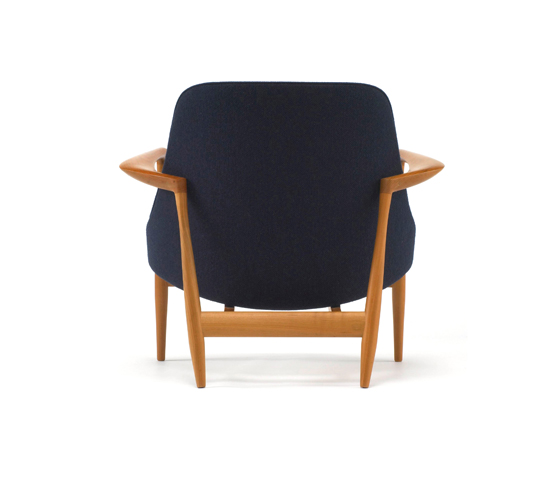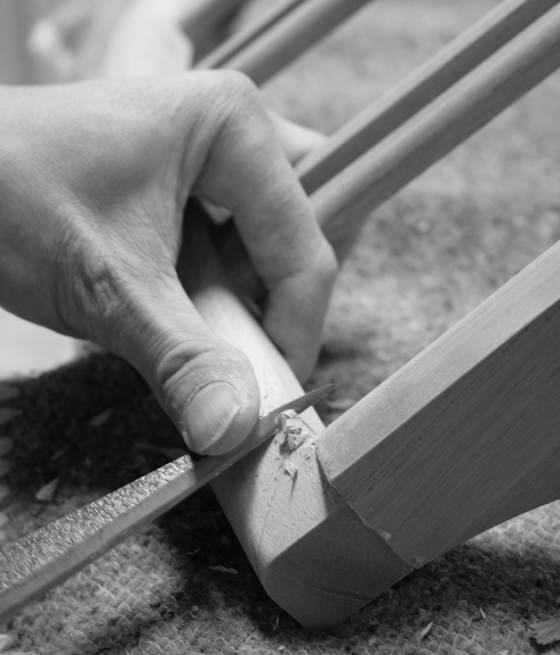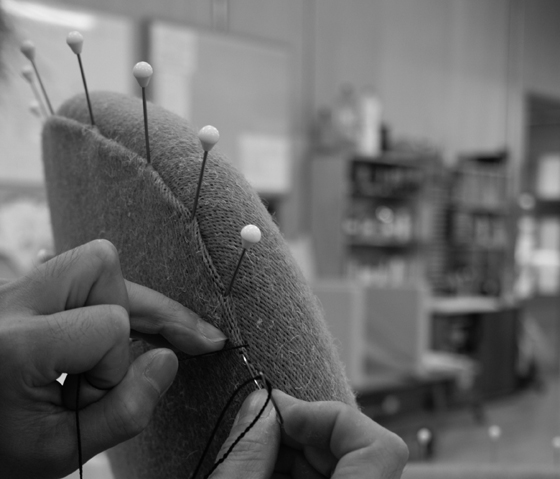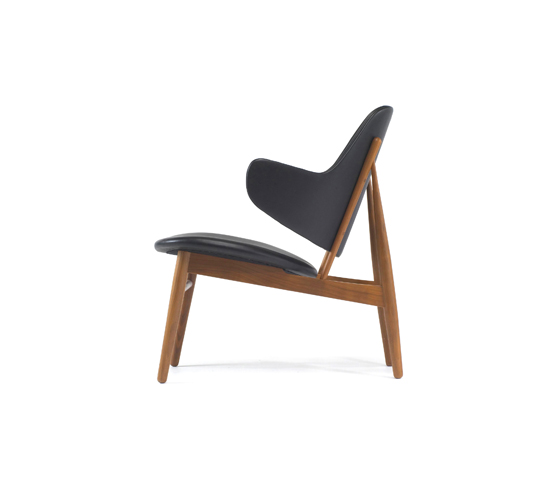From Japan with Love: Kitani’s Danish design classics
Historia de la marca de Simon Keane-Cowell
Gifu, Japón
02.07.15
For over 20 years now, craftsmanship-led Japanese furniture manufacturer Kitani has been bringing a considered edit of mid-century Danish classics back to life, to the delight of design-lovers worldwide.
East meets West: Japanese craftsmanship brings classic mid-century Danish furniture design back to life, courtesy of Kitani
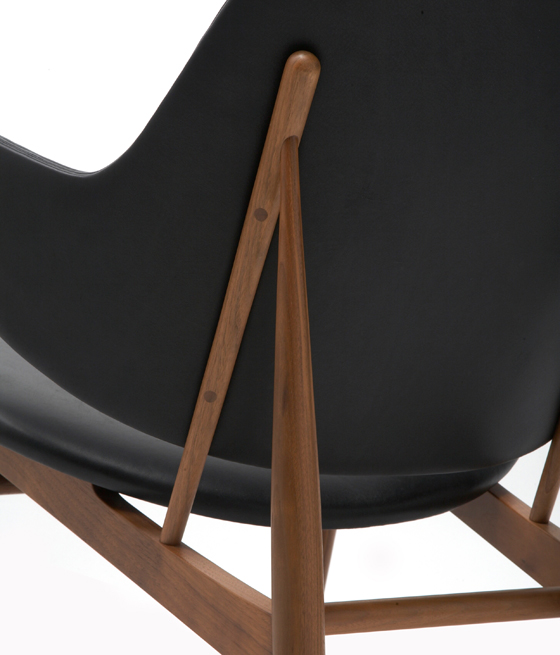
East meets West: Japanese craftsmanship brings classic mid-century Danish furniture design back to life, courtesy of Kitani
×What makes a design classic?
Is it longevity? Popularity? Iconicity? The question becomes even more vexed when you consider decades-old designs, authored with consideration by passionate creatives, which, for one reason or another – be it changes in the economic landscape, shifts in popular taste, or an evolution in ergonomic requirements – drop out of production and enter the design-history books. Does the fact that a particular piece has long ceased being manufactured and, as a consequence, been absent from the economy of consumption prevent it from genuine design-classic status? Maybe. Or maybe not. The one thing we can be certain of when it comes to the thorny issue of defining design classicism is that there are no fixed answers. No classic response.
When it came to resurrecting some of the most strikingly honed Danish furniture designs from the mid-20th century, Japanese craft-led design brand Kitani weren’t so motivated by whether or not these were classics they were dealing with. For them it was about something more visceral. ‘We were attracted to Danish design,’ explains Kitani CEO Shogo Higashi, ‘because it’s so beautiful to look at and to use. It’s very simple design that has a practical aspect and a fine-art quality.’ It would be hard not to concur when you take a look at the company’s catalogue, which features chairs, sofas, tables and sideboards by the likes of Finn Juhl, Ib Kofod-Larsen and Jacob Kjaer, all lovingly brought back to life by a manufacturer that places master-craftsmanship centre-stage.
Finn Juhl is just one of the grandees of Danish design to be born again thanks to Kitani's skilled craftspeople; shown here, his 1953 'FJ-01 Easy Chair'
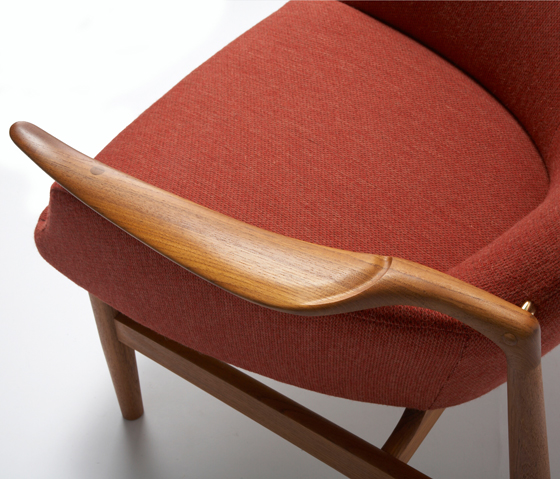
Finn Juhl is just one of the grandees of Danish design to be born again thanks to Kitani's skilled craftspeople; shown here, his 1953 'FJ-01 Easy Chair'
×Cultural similarities and sensitivities help. ‘There’s an essence to Danish design,’ explains Higashi, ‘that’s very similar to that of the Japanese crafts. Both express warmth and a consideration for others, for the user. We seek to make our work comfortable to people.’ The comfort afforded by the products themselves dovetails with the ease with which Kitani’s team of 25 craftspeople – half of whom work with wood, the other half with upholstery – rally around a key company value: that craftsmanship, underpinned by time and effort, can add real, enduring value to products. ‘The way our craftspeople value their work, with quality and dignity, is reflected in their output – in the high quality of the work itself. It’s about the skill and the spirit of the individual and the respect that have for what they do.’
Ib Kofod-Larsen's 'IL-01 Easy Chair', originally launched in 1956. Danish design has both 'a practical aspect and a fine-art quality,' says Kitani CEO Shogo Higashi
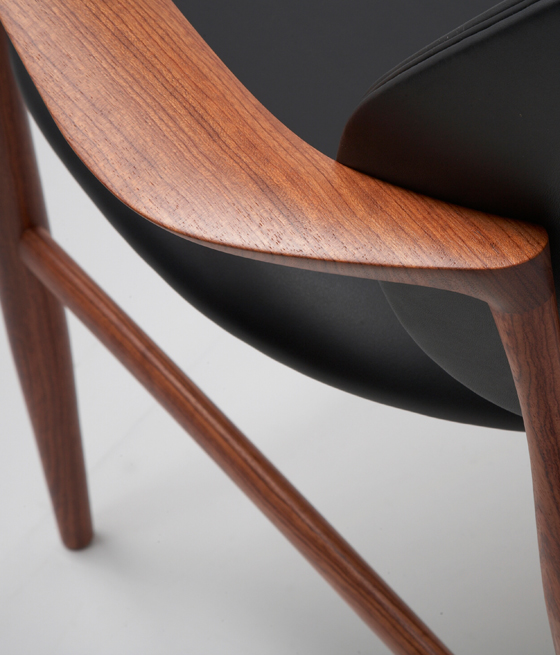
Ib Kofod-Larsen's 'IL-01 Easy Chair', originally launched in 1956. Danish design has both 'a practical aspect and a fine-art quality,' says Kitani CEO Shogo Higashi
×And Kitani should know a thing or two about consideration. They’ve been in business for over 50 years, starting out as a quality upholstery business and a supplier of pre-cut urethane forms to major furniture manufacturers. 1990 saw the company launch its own, self-authored furniture collection, with things going a bit Danish a couple of years later. ‘We’d made many trips to Denmark over the years,’ explains Higashi, ‘each time encountering old Danish furniture and each time bringing some pieces back to Japan. We’d take them apart, examine them and put them back to them again to learn how they’d been made.’ It was only a matter of time (1996 to be exact) before they would acquire their first licences to produce Danish designs – authored by Ib Kofod-Larsen and Jacob Kjaer and previously produced by Christensen & Larsen A/S – aided in no small part by some of Denmark’s ‘Snedkermesters’, or master-craftspeople, who worked with them to sharpen their knowledge and skills. Once the ball was rolling, more licences followed. ‘We were introduced to other licence-holders, who were interested in seeing their furniture reproduced. But it wasn’t a profitable enterprise at the time. It was more about bringing beautifully designed pieces back into the market and continuing the wonderful tradition of the Danish furniture maker’s skill and culture in Japan.’
‘There’s an essence to Danish design,’ explains Kitani CEO Shogo Higashi, ‘that’s very similar to that of the Japanese crafts. Both express warmth and a consideration for others, for the user. We seek to make our work comfortable to people'
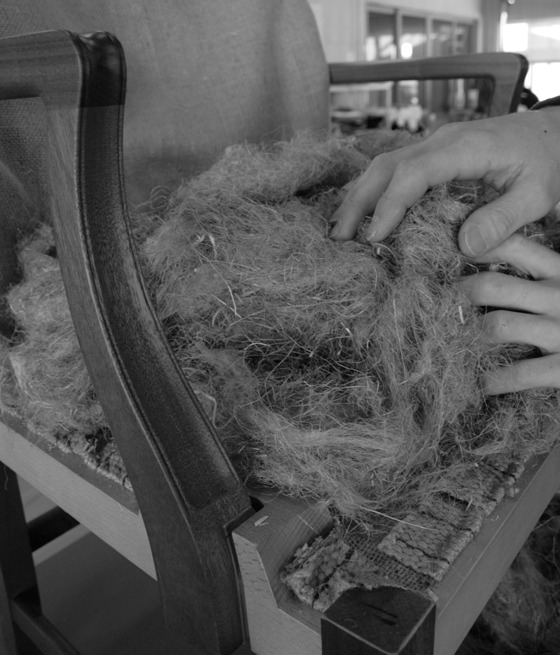
‘There’s an essence to Danish design,’ explains Kitani CEO Shogo Higashi, ‘that’s very similar to that of the Japanese crafts. Both express warmth and a consideration for others, for the user. We seek to make our work comfortable to people'
×Profit, of course, did materialise, as customers – who range from private home-owners, through architects and developers, to hotels, restaurants, offices, retail and other contract sectors – recognised the value of what they were getting for their money. An elegant and supremely comfortable, hand-crafted piece of design history with all the benefits of contemporary re-engineering, sensitively executed and not a sniff of anything computer-aided. ‘Our products are much stronger than the originals,’ says Higashi. ‘But we remain true to the original natural materials. We also consider future retrofitting, which may be needed in a few decades’ time.’ But the chances are, owners of Kitani’s finely honed furniture won’t be in a hurry to modify it. Its visual appeal and comfort are long-lasting. With each piece made especially to order, the customer – be they in Europe, North America, Asia or anywhere else Kitani successfully exports to – takes on true ownership of the product.
God is in the detail: the 'IL-10 Easy Chair' (top) and 'IL-08 Chair' (above), both designed by Ib Kofod-Larsen in 1950
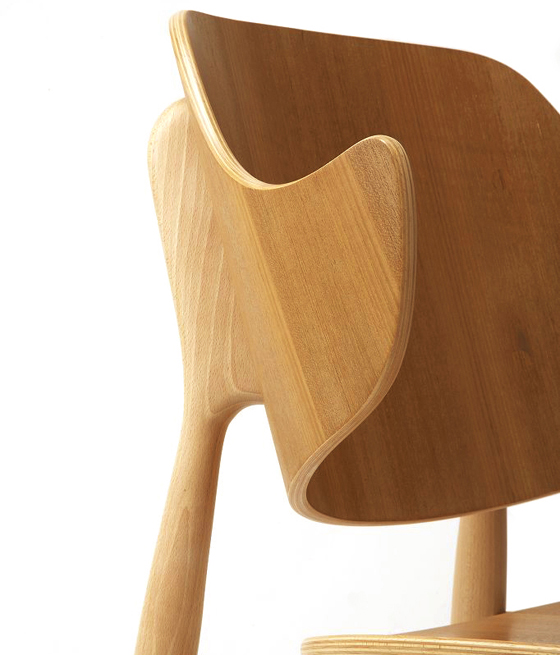
God is in the detail: the 'IL-10 Easy Chair' (top) and 'IL-08 Chair' (above), both designed by Ib Kofod-Larsen in 1950
×Yet, for all its revisiting of one of the golden ages of design, Kitani is a company with an eye on the future. While it intends to continue its production of choice mid-century pieces, perhaps judiciously aquiring a few more licences along the way (‘It’s very meaningful for us to pass on Danish design and its related skills to the next generation’), the brand is keen to expand its own original collection, forging relations internationally with contemporary designers who share the Kitani mindset and spirit. Creatives who can form a quiet dialogue with materiality itself. ‘Natural materials require a good conversation with them. What’s the best way to use each individual material for the best outcome? This is a necessary and vital process.’
Can we talk?
‘It’s very meaningful for us to pass on Danish design and its related skills to the next generation,' says Kitani CEO Shogo Higashi. Shown here, Finn Juhl's 'FJ-02 Sofa' from 1953

‘It’s very meaningful for us to pass on Danish design and its related skills to the next generation,' says Kitani CEO Shogo Higashi. Shown here, Finn Juhl's 'FJ-02 Sofa' from 1953
×




